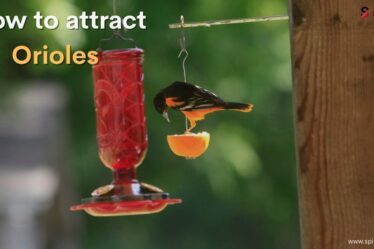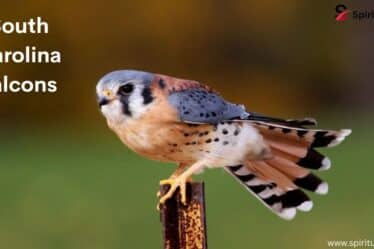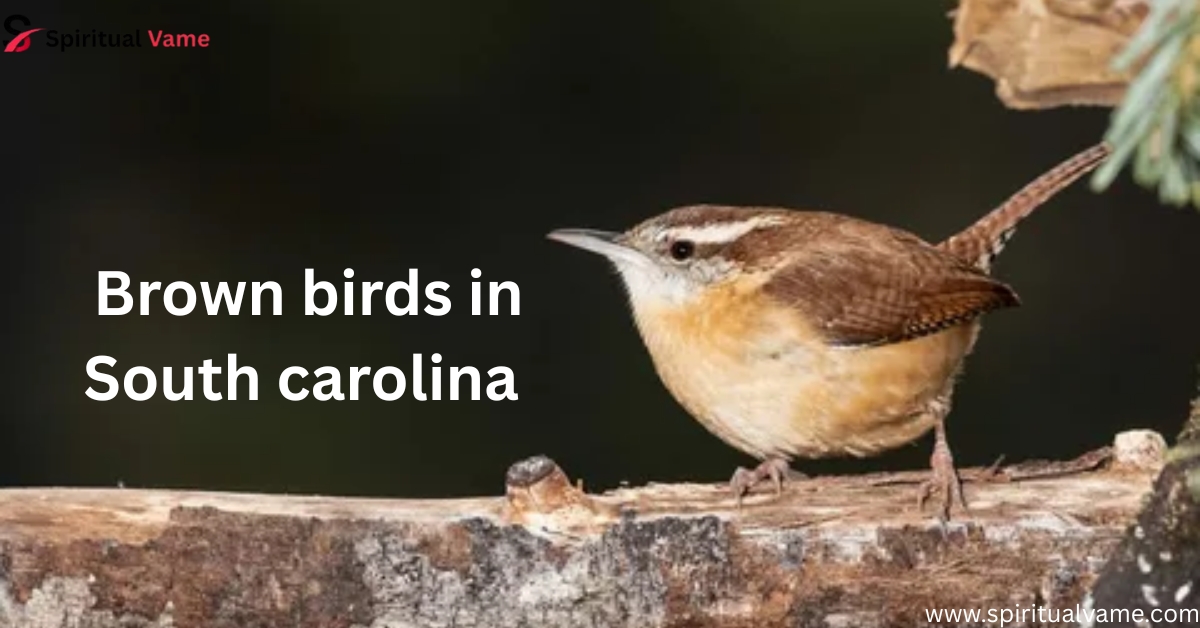
South Carolina is home to many beautiful birds, but brown birds are some of the most common and interesting to spot. Whether you’re walking in the woods or relaxing in your backyard, you’re likely to see brown birds in South Carolina. These birds come in many shapes and sizes. Some are small and shy, while others are larger and more vocal.
Brown birds in South Carolina include sparrows, wrens, and thrashers. They blend well with trees and soil, making them fun to find. Bird watchers love looking for these hidden treasures. Learning to spot brown birds in South Carolina can be a great hobby. With a little patience, you’ll enjoy many amazing sightings.
List of Brown Birds In South Carolina
Brown birds are often overlooked because their colors help them blend into the environment. But these birds use their camouflage to survive and thrive. Many of them are easy to find once you learn their songs and habits. They can be found in forests, gardens, and even city parks. Brown birds are usually small to medium-sized and may be quiet or very vocal, depending on the species. Some have lovely territorial songs, while others are expert mimics.
These birds are part of South Carolina’s natural charm. Watching them can be a peaceful hobby and a great way to connect with nature. Some of them are here year-round, while others follow migratory patterns and only visit during certain times of the year. Let’s explore ten special brown birds that call South Carolina home.
Carolina Wren (Thryothorus ludovicianus):
The CarolinaWren is a small and energetic bird with a loud voice. It measures around 4.7–5.5 inches (12–14 cm) and weighs about 18–23 grams (0.63–0.81 oz). This bird is a common visitor in backyards and forests. Its back and wings are a warm reddish-brown, and it has a white eyebrow stripe that makes it easy to identify. Despite its size, the CarolinaWren sings loudly with a call that sounds like “teakettle-teakettle.”
It prefers dense shrubs and tangled vines for nesting. It is a shrub nesting bird and often nests in flowerpots, mailboxes, and even garage shelves. Its feeding behavior is mostly insectivorous, feeding on spiders, caterpillars, and beetles. This bird is very active and curious, often hopping around looking for insects under leaves and bark.
Eastern Towhee (Pipilo erythrophthalmus):
The EasternTowhee is a beautiful brown bird with a strong personality. It’s known for its striking look: a dark head and back, rusty-brown sides, and white belly. This bird measures about 6.8–8.2 inches (17.3–20.8 cm) and weighs around 32–52 grams (1.1–1.8 oz). The EasternTowhee has a unique voice that sounds like it’s saying “drink your tea.”
It prefers woodland edges, thickets, and overgrown fields. The EasternTowhee is a ground forager, scratching leaves with both feet to find seeds and insects. It is both omnivorous and insectivorous, eating berries, insects, and seeds. Males often perch high and sing to protect their territory during breeding season.
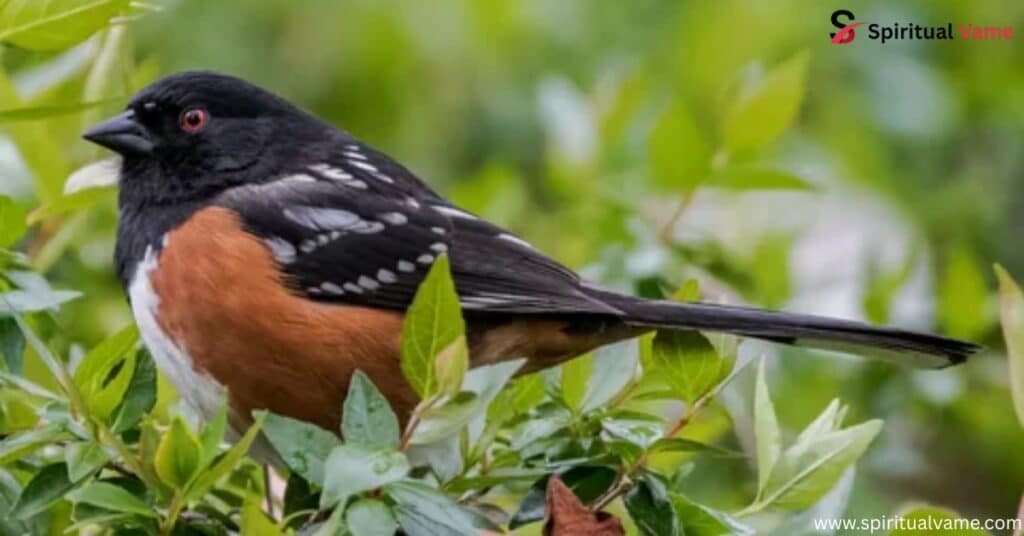
Song Sparrow (Melospiza melodia)
The SongSparrow is a familiar brown bird with streaked plumage and a lovely song. It’s about 4.7–6.7 inches (12–17 cm) in length and weighs 18–23 grams. Its back is brown with darker streaks, and its breast is white with bold streaks.
This songbird species is often found near water, gardens, and brushy areas. It has a sweet, musical song that varies by region. The SongSparrow builds its nest close to the ground in thick shrubs or grass. It feeds on insects in the summer and switches to seeds in the winter. Its vocalization plays a key role in defending territory and attracting mates.
Brown Thrasher (Toxostoma rufum)
The BrownThrasher is South Carolina’s official state bird. It is medium-sized, measuring about 9.1–11.8 inches (23–30 cm) and weighing 61–89 grams. Its long tail, curved beak, and bright yellow eyes make it stand out. The bird’s plumage is rich brown above and streaked underneath.
Known for its amazing mimicry, the BrownThrasher can sing over 1,000 different song patterns. It lives in dense shrubs and forest edges. This bird is a ground forager and omnivorous, feeding on insects, fruits, and seeds. It builds large cup-shaped nests in bushes. Its impressive voice and secretive nature make it both fascinating and hard to spot.
American Tree Sparrow (Spizelloides arborea):
The AmericanTreeSparrow visits South Carolina during winter. It has a rusty cap, gray face, and a black spot on its chest. It is about 5.5 inches (14 cm) long. This bird prefers open fields and weedy edges.
The AmericanTreeSparrow is a migratory bird and often joins mixed flocks of sparrows. It feeds on grass seeds, weed seeds, and insects. Its soft, musical whistle is a welcome sound in winter. It plays a vital ecological role in spreading plant seeds.
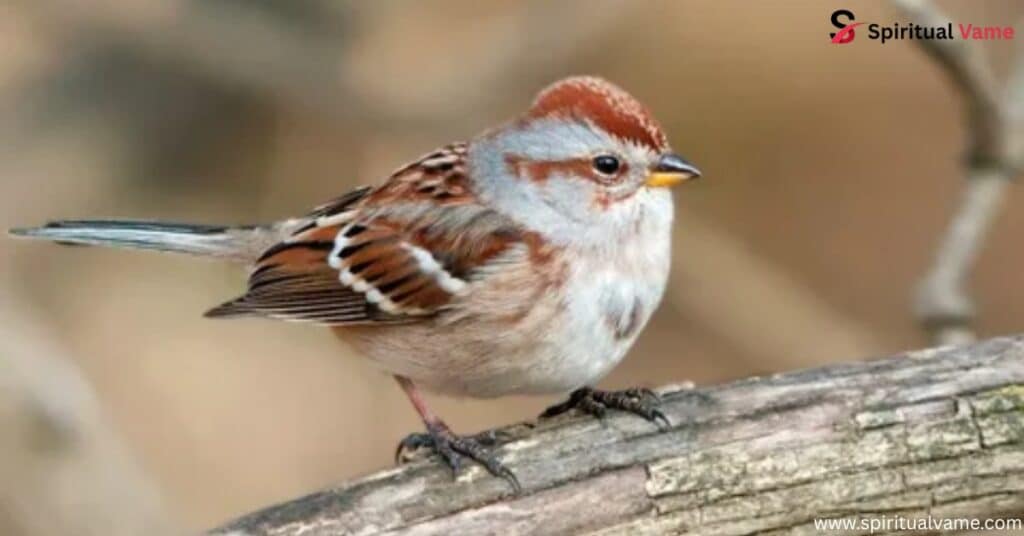
Brown-headed Nuthatch (Sitta pusilla)
The Brown-headedNuthatch is a tiny, chattering bird with brown on its head and bluish-gray wings. It is about 4.3 inches (11 cm) in length and weighs around 10 grams. It is mostly found in pine forests and is known for climbing down trees headfirst.
Its call sounds like a rubber duck squeaking. This insectivorous bird often uses bark flakes to dig insects out of crevices. It is very social and often nests in tree cavities. The Brown-headedNuthatch is a year-round resident in South Carolina and a joy to watch.
Hermit Thrush (Catharus guttatus)
The HermitThrush has a warm brown back and a spotted breast. It is about 6.7 inches (17 cm) long and has a gentle, flute-like song. This bird is shy and often stays near forest floors and thickets.
It is mostly insectivorous but will also eat berries in winter. The HermitThrush is known for its peaceful song, often heard during quiet forest walks. It prefers cool, moist forests and wooded areas.
Carolina Chickadee (Poecile carolinensis)
The CarolinaChickadee is a small, cheerful bird with a black cap and bib. Its back is grayish-brown. It measures around 4.7–5.1 inches and weighs 10–12 grams. It’s often seen in backyards and woodlands.
This bird has a high-pitched “chick-a-dee-dee” call and is known for its curiosity. It eats seeds, insects, and spiders. The CarolinaChickadee is omnivorous and often hangs upside down while foraging.
Field Sparrow (Spizella pusilla)
The FieldSparrow is a small brown bird with a pink bill and a sweet, bouncing song. It’s about 5 inches long and weighs around 12 grams. It prefers open grasslands, fields, and shrubby areas.
This sparrow is known for its shy nature and melodic trills. It builds grass nests near the ground. Its feeding behavior includes picking seeds and insects. The Field Sparrow stays in South Carolina year-round and sings early in the morning.
Eastern Phoebe (Sayornis phoebe)
The EasternPhoebe is a plain brownish flycatcher that wags its tail up and down. It measures about 5.5–6.7 inches (14–17 cm) and weighs 16–21 grams. This bird is often found near water, bridges, and eaves of buildings.
It is insectivorous, catching insects in flight. The EasternPhoebe says its name in a raspy “fee-bee” call. It is an early migrant and often one of the first birds to return in spring.
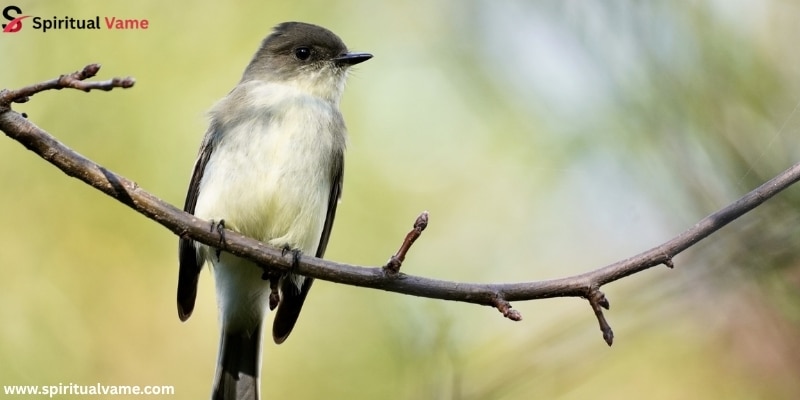
Red-winged Blackbird (female)
The female Red-wingedBlackbird looks very different from the male. She is brown and streaked, which helps her blend into marshy habitats where she nests. She is about 6.7–9.1 inches long and omnivorous. Her nesting habits are key to the survival of this species. Her soft song is often heard near wetlands.
Brown-headed Cowbird (female)
The female Brown-headedCowbird is plain brown and slightly smaller than males. She is omnivorous and known for brood parasitism—laying eggs in other birds’ nests.
This bird does not build her own nest. She is often seen in open fields and near livestock, feeding on insects and grains. Her behavior affects many songbird species.
House Finch
The female House Finch is brown and streaked, with a plain face. She is omnivorous, eating seeds, fruits, and buds. She nests in buildings, trees, and hanging plants.
This bird is social and commonly visits feeders. Her soft, warbling song adds charm to any backyard. Though not native, it has adapted well to South Carolina.
House Sparrow
The House Sparrow is a common city bird. The female is brown with soft streaks and a plain look. She often nests in holes and crevices of buildings.
It is omnivorous and feeds on grains, insects, and food scraps. This bird is very adaptable and thrives around people. It is active year-round and has a chirpy voice.
White-crowned Sparrow
This sparrow has a striking black and white head but brown body. It visits South Carolina during the winter. It prefers weedy fields and brush piles.
They feeds on seeds and insects and has a high, clear song. It is migratory and joins mixed flocks during cold months.
White-throated Sparrow
This sparrow is brown with a white throat and yellow near its eyes. You can often hear it sing a sad “Oh-sweet-Canada” tune, mostly during winter in South Carolina.
Chipping Sparrow
A small, neat-looking sparrow with a rusty cap and brown back. It prefers open woodlands and suburban areas. Its trilling song is simple and repetitive.
House Wren
This little brown bird has a bubbly personality and a rapid-fire song. It nests in cavities and is insectivorous. It is found in backyards and gardens.
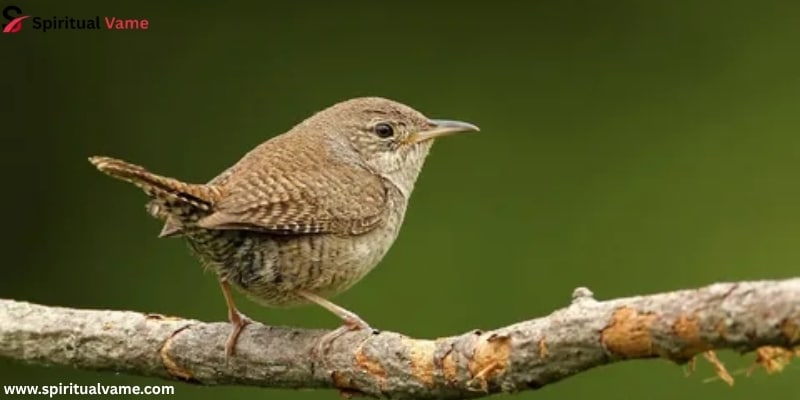
Pine Siskin
A small, streaked finch with hints of yellow in its wings. It visits South Carolina during the colder months. It feeds on seeds and insects.
Rose-breasted Grosbeak (female)
The female has streaky brown plumage and a heavy bill. She is often found in wooded areas and feeds on insects and fruits.
Additional Notable Brown Birds in South Carolina
Birdwatchers in South Carolina often spot many more brown birds, including the Cedar Waxwing, Fox Sparrow, Wood Thrush, Ovenbird, Mourning Dove, Bewick’s Wren, Killdeer, and Spotted Sandpiper. These birds are unique in their own ways and help maintain balance in nature.
Final Thoughts
Watching brown birds in South Carolina can bring peace and knowledge to your life. These birds are full of personality and purpose. Whether it’s the loud call of the CarolinaWren, the mimicry of the BrownThrasher, or the bouncing song of the FieldSparrow, each species has something special to offer. By learning about their nesting habits, feeding behavior, and migratory patterns, you can enjoy nature more deeply and even help protect it. Keep your eyes and ears open, and you’ll discover the hidden beauty of South Carolina’s brown birds.

